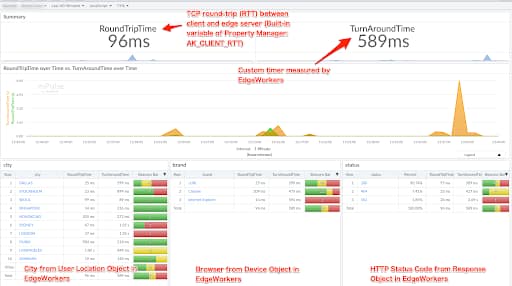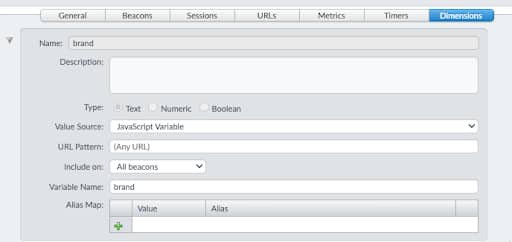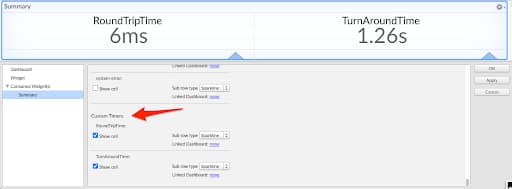Integrating mPulse’s Beacon API with EdgeWorkers to Visualize All Client Requests
Akamai mPulse is a real user performance and real-time analytics tool that can team up with Akamai EdgeWorkers to visualize all client requests. When combined with the http-request module from EdgeWorkers, mPulse makes it easy for you to send requests from edge servers through the Akamai platform.
Independent — and integrated — performance
To fully understand how mPulse and EdgeWorkers work together, you must first understand what these state-of-the-art Akamai tools are and how they work independently. Read on to learn more about mPulse and EdgeWorkers, as well as how to integrate the mPulse Beacon API with EdgeWorkers to better monitor your application performance and visualize all request traffic from your mPulse dashboard in near real time.
What is Akamai mPulse?
Akamai mPulse is a real user monitoring tool designed to help organizations understand both user performance and conversion actions and correlate performance with browser-based business metrics. It offers:
Real-time in-depth visibility on user experience
Actionable site-wide metrics for optimizing digital business
Insights on how web performance changes impact revenue
Predictive analysis to identify how performance improvement could impact business metrics and to help you understand how to identify and address website performance problems
What is Akamai EdgeWorkers?
Akamai EdgeWorkers lets users create functions at the edge on Akamai’s distributed serverless network. With this product, you can:
Improve service and application speed
Create more personalized digital experiences for your users
Scale with greater reliability, security, and flexibility
Save more by paying only for what you use without needing to provision resources for peak and scale
How do mPulse and EdgeWorkers work together?
Browsers can send mPulse beacons by executing mPulse Boomerang JavaScript file. The mPulse Beacon API is useful for sending beacons for nonbrowser clients (e.g., API requests) that don’t send beacons. However, you must modify your origin server’s code before sending the beacon.
This integration is very beneficial in scenarios when you want to visualize nonbrowser client data but changing the origin server’s code is impossible. However, unlike the generic use case for mPulse, the integration is not intended for all users and paths. It must be selectively applied for particular purposes (Table).
 Table: mPulse and mPulse EdgeWorkers integration comparison
Table: mPulse and mPulse EdgeWorkers integration comparison
Figure 1 is an example of an mPulse dashboard.
 Fig. 1: mPulse dashboard
Fig. 1: mPulse dashboard
4 steps to integrate the mPulse Beacon API with EdgeWorkers
Follow these four steps to properly configure the mPulse Beacon API with EdgeWorkers.
Configure a custom mPulse timer, metric, or dimension to visualize data through EdgeWorkers. The following data can be placed into mPulse custom buckets:
Custom timer
e.g., AK_CLIENT_RTT; custom definition timers in the EdgeWorkers code
Custom metric
e.g., business KPI (finish payment)
Custom dimension
e.g., User Location Object, such as country, or Device Object, such as mobile browser, in EdgeWorkers
mPulse custom configurations like custom timers (Figure 2) and custom dimensions (Figure 3) must be created because the mPulse Beacon API uses these parameters in EdgeWorkers. Value Source and URL Pattern require no specific configuration.
 Fig. 2: mPulse custom timer
Fig. 2: mPulse custom timer
 Fig. 3: mPulse custom dimension
Fig. 3: mPulse custom dimension
2. Export the mPulse app from the Apps tab after updating (Figure 4).
 Fig. 4: mPulse Apps tab
Fig. 4: mPulse Apps tab
Figure 5 shows the index numbers for the XML file’s custom configurations are used for EdgeWorkers code.
 Fig. 5: mPulse XML file
Fig. 5: mPulse XML file
The code in Figure 6 parses the mPulse app’s configuration and extracts the required parameters used with custom timers and dimensions when sending mPulse beacons.
 Fig. 6: EdgeWorkers code
Fig. 6: EdgeWorkers code
(You can learn more about setting up EdgeWorkers by reading our documentation.)
4. Customize your mPulse dashboard to visualize custom configurations once EdgeWorkers is deployed (Figure 7).
 Fig. 7 mPulse dashboard displaying custom configurations
Fig. 7 mPulse dashboard displaying custom configurations
Check out this documentation to learn more about creating custom dashboards.
Improve application performance monitoring and visualize all request traffic
Together, Akamai EdgeWorkers’ http-request module and the Akamai mPulse Beacon API can help your organization improve your application performance monitoring and visualize all request traffic from your mPulse dashboard in near real time.
Learn more
Now that you understand the importance of integrating mPulse with EdgeWorkers, learn more about using these premiere Akamai tools individually and together from the mPulse and EdgeWorkers documentation pages.
Get started
Don’t have mPulse? Start your free trial today.



